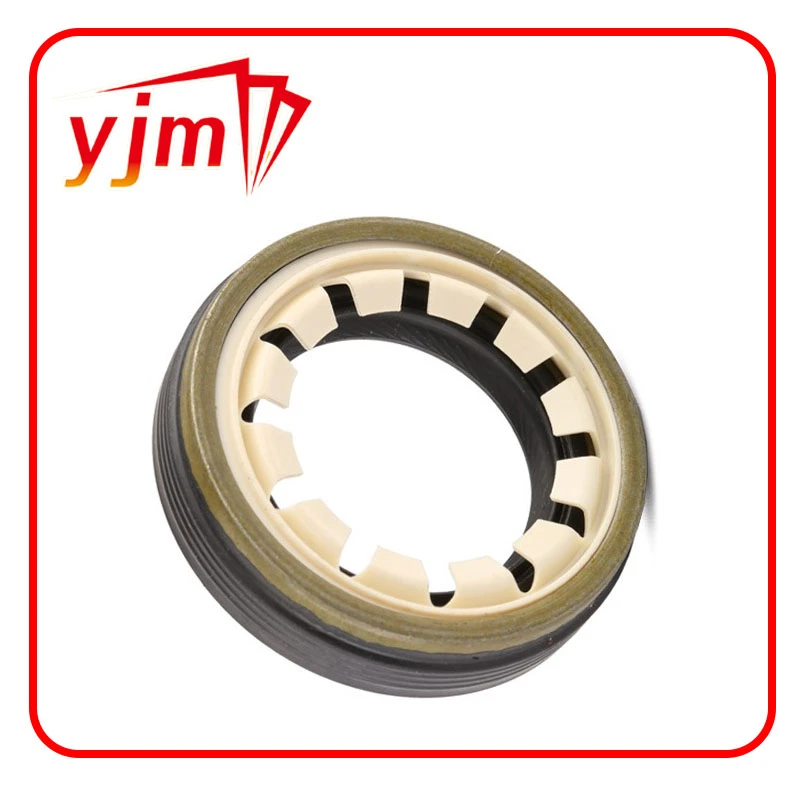radial lip seal
Understanding Radial Lip Seals Function, Design, and Applications
Introduction
Radial lip seals are critical components in various mechanical systems, serving the essential function of preventing the leakage of fluids and contaminants while retaining lubricants. These seals are widely used in automotive, aerospace, industrial machinery, and household appliances, offering a reliable solution for rotating shafts. This article explores the design, functionality, and applications of radial lip seals, along with considerations for their selection and maintenance.
What are Radial Lip Seals?
Radial lip seals, sometimes referred to as rotary shaft seals, consist of a flexible lip that contacts a rotating shaft. The primary function of the lip is to provide a barrier against the escape of lubricants from the internal components and to prevent the ingress of dirt, water, and other contaminants from the external environment. The design of a radial lip seal typically includes a metal casing for structural support and a flexible rubber or elastomeric lip that forms a dynamic seal against the shaft.
Design Features
The design of radial lip seals is characterized by several features that enable their effective performance
1. Material Composition The materials used in the construction of radial lip seals vary depending on the application. Common materials include nitrile rubber, silicone, and fluorocarbon compounds. The choice of material impacts the seal's resistance to temperature, chemicals, and wear.
2. Lip Geometry The shape and angle of the seal lip are critical to its sealing capability. The lip is often designed with a slight angle to enhance its ability to adapt to shaft movement while preventing fluid leakage.
3. Spring Mechanism Many radial lip seals incorporate a small spring around the lip. This spring serves to maintain contact pressure against the shaft, ensuring a consistent sealing force that can compensate for wear over time.
4. Shaft Surface Finish The effectiveness of a radial lip seal is reliant on the smoothness of the shaft surface. A properly finished shaft surface reduces wear on the seal lip and minimizes the risk of leakage.
Functionality
The primary function of radial lip seals is dual—fluid retention and contamination exclusion. In applications like engines and hydraulic systems, they effectively retain lubricants, reducing friction and enhancing efficiency. Simultaneously, they act as a barrier against external contaminants, protecting internal components from damage and wear.
radial lip seal

Applications
Radial lip seals have a wide range of applications across various industries
1. Automotive In vehicles, radial lip seals are used in engines, transmissions, and differentials to prevent oil leaks and protect crucial components.
2. Industrial Machinery In manufacturing equipment, they are essential for keeping lubricants within bearings and gearboxes, thereby minimizing downtime due to leaks.
3. Aerospace Radial lip seals are used in aircraft engines and landing gear systems to manage lubrication and prevent fluid loss in extreme conditions.
4. Household Appliances These seals are found in washing machines and refrigerators, helping to prevent leaks and maintain efficiency.
Considerations for Selection and Maintenance
When selecting a radial lip seal, several factors should be considered
- Operating Environment Assessing the temperature, pressure, and chemical exposure is crucial for selecting the appropriate material and design. - Shaft Speed The rotational speed of the shaft affects the seal’s performance; higher speeds may require specialized seal designs.
- Installation Proper installation is vital to ensure the effectiveness of the seal. Misalignment or improper fitting can lead to premature failure.
- Maintenance Regular inspections can help identify wear and tear. In some cases, seals can be replaced without requiring prolonged system downtime, improving overall equipment reliability.
Conclusion
Radial lip seals play a vital role in modern engineering by ensuring the integrity of fluid systems across multiple sectors. Their ability to prevent leaks and protect machinery from contaminants is essential for operational efficiency and reliability. By understanding the design features, functionality, and applications of these seals, engineers and operators can make informed choices to enhance the performance and longevity of their systems, underscoring the importance of radial lip seals in today’s technological landscape.
-
The Ultimate Guide to Boat Propeller Bearings and Trailer Wheel Bearings
News Jul.31,2025
-
The Essential Guide to Marine Bearings and Boat Trailer Wheel Bearings
News Jul.31,2025
-
The Complete Guide to Heavy Duty Seals: Protecting Doors and Spaces Efficiently
News Jul.31,2025
-
Essential Guide to Marine Shaft Bearings and Boat Trailer Axle Bearings
News Jul.31,2025
-
Comprehensive Guide to Marine and Trailer Bearings for Safe Boating and Transport
News Jul.31,2025
-
Comprehensive Guide to Automotive Oil Seals: Protecting Your Engine and Shafts
News Jul.31,2025
-
Understanding Automotive Oil Seals: Essential Components for Engine and Shaft Protection
News Jul.30,2025
Products categories















